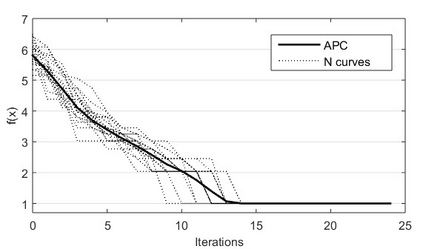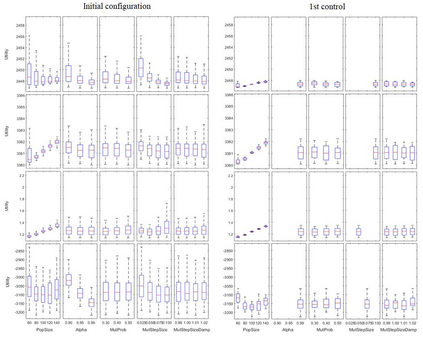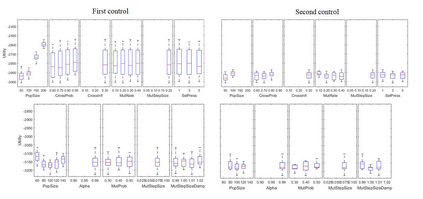This paper presents several strategies to tune the parameters of metaheuristic methods for (discrete) design optimization of reinforced concrete (RC) structures. A novel utility metric is proposed, based on the area under the average performance curve. The process of modelling, analysis and design of realistic RC structures leads to objective functions for which the evaluation is computationally very expensive. To avoid costly simulations, two types of surrogate models are used. The first one consists of the creation of a database containing all possible solutions. The second one uses benchmark functions to create a discrete sub-space of them, simulating the main features of realistic problems. Parameter tuning of four metaheuristics is performed based on two strategies. The main difference between them is the parameter control established to perform partial assessments. The simplest strategy is suitable to tune good `generalist' methods, i.e., methods with good performance regardless the parameter configuration. The other one is more expensive, but is well suited to assess any method. Tuning results prove that Biogeography-Based Optimization, a relatively new evolutionary algorithm, outperforms other methods such as GA or PSO for such optimization problems, due to its particular approach of applying recombination and mutation operators.
翻译:本文介绍了调整强化混凝土结构(分解)设计优化强化混凝土结构(混凝土(RC)设计参数的若干战略。根据平均性能曲线下的区域,提出了新的通用指标。现实的RC结构的建模、分析和设计过程导致客观的功能,而评估的计算成本非常昂贵。为了避免成本高昂的模拟,使用两种替代模型类型。第一个是建立一个包含所有可能解决方案的数据库。第二个是使用基准功能来创建这些功能的离散子空间,模拟现实问题的主要特征。根据两种战略对4种计量经济学进行了参数调整。它们之间的主要区别是,为进行部分评估而建立的参数控制。最简单的战略是调和良好的“通用”方法,即无论参数配置如何,都有良好的性能方法。另一个是更昂贵的,但非常适合评估任何方法。测试结果证明,以生物地理学为基础的子空间,一种较新的进化算法,比其他方法,如GA或PSO等,对诸如GA或变异操作器的再处理问题应用其他方法。

















